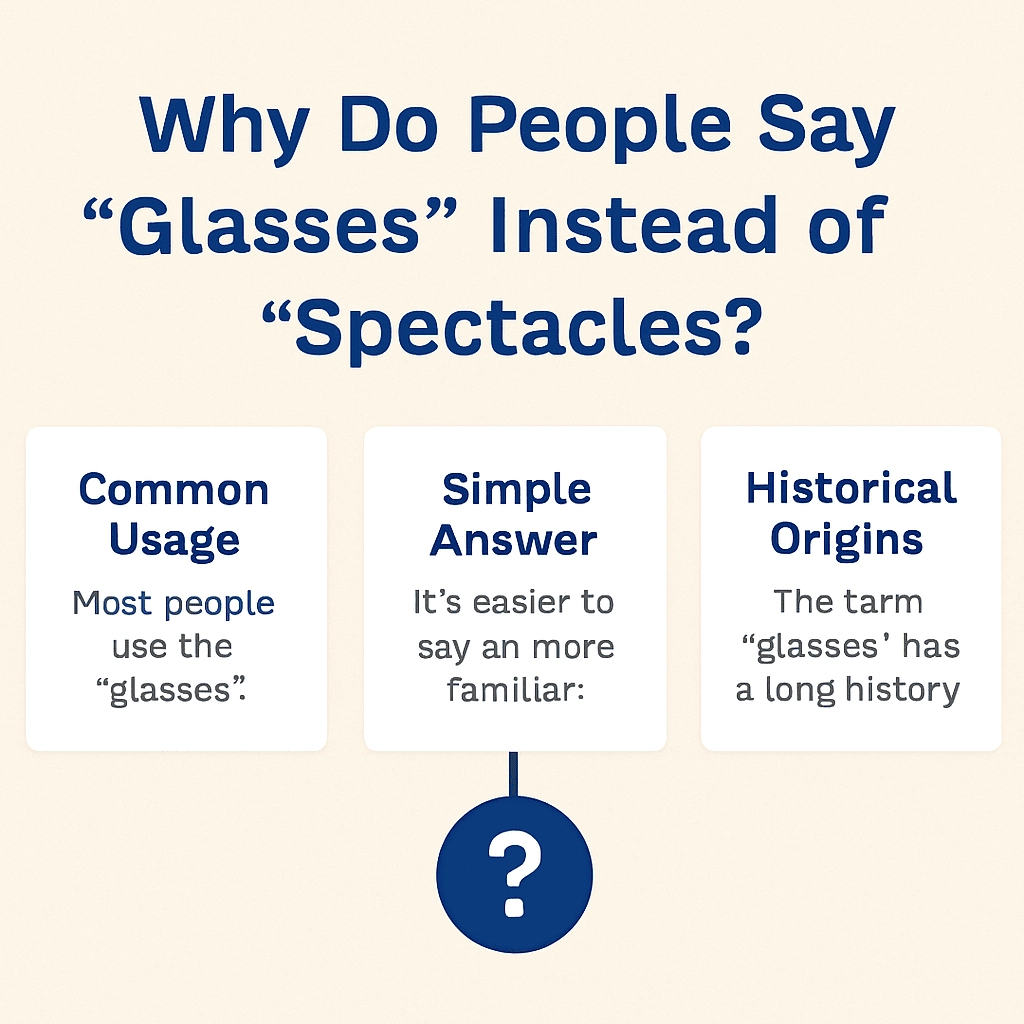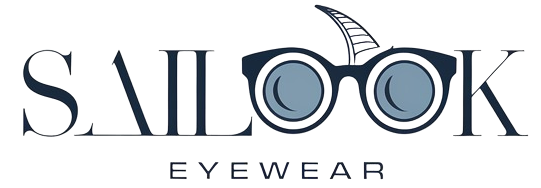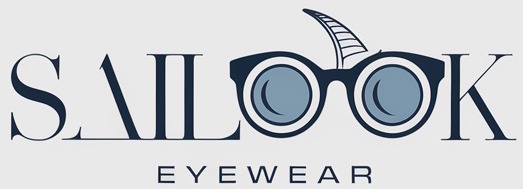Understanding the terms “glasses” and “spectacles” can be surprisingly complicated. While both refer to the same object, the shift in terminology tells a rich story about language evolution and societal changes. Why are glasses called spectacles instead? It’s a simple question, but the history behind it delves into language, culture, and even fashion. In this article, we’ll break down the reasons behind these terms, their historical context, and how the names for eyewear have shifted over time. Let’s dive in and uncover the evolution of “glasses” and “spectacles.”

1. Why Are Glasses Called Spectacles?
The term “spectacles” dates back to the 13th century, derived from the Latin word “spectaculum,” meaning “a show” or “sight.” Originally, it referred to any kind of optical device used to enhance vision. But over time, glasses emerged as a more common term, with a simpler, more approachable meaning. So, why did “glasses” replace “spectacles”? This transition occurred for several reasons, largely tied to the evolution of language and societal trends.
In the early days, spectacles were seen as a high-tech tool, often used by scholars and those in positions of power. As optical technology became more accessible to the masses, the term “glasses” gradually became more popular, perhaps because of its shorter and more modern connotation. The rise of mass production in the 20th century, especially with the emergence of ready-made frames, further solidified “glasses” as the preferred term.
Table: History of Spectacles and Glasses
| Era | Terminology | Use of the Term |
|---|---|---|
| 13th Century | Spectacles | Used for vision correction by scholars |
| 18th Century | Spectacles | Became widely used in Europe |
| 20th Century | Glasses | Became the more casual, everyday term |
2. What Are the Differences Between Glasses and Spectacles?
You might wonder, are glasses and spectacles really the same thing? In the present day, they mostly serve the same purpose — improving vision — but their meanings have evolved. Glasses is a more casual, everyday term, while “spectacles” still carries a more formal or antiquated tone. This subtle difference affects how each term is used in everyday language.
Why do both terms persist? While glasses has become the dominant term, spectacles is still widely used, especially in legal or medical contexts. The term “spectacles” can imply a more serious or clinical approach to vision correction. It also has historical weight, being tied to older generations and more traditional ways of describing eyewear. What does this mean for today’s consumers? Many people might not even notice the difference anymore, but the nuances of these terms highlight how language and culture shape our understanding of objects we use daily.
Table: Comparison Between Glasses and Spectacles
| Aspect | Glasses | Spectacles |
|---|---|---|
| Common Use | Everyday term | Formal/Medical |
| Historical Context | 20th Century onward | 13th Century onward |
| Implication | Casual, accessible | Clinical, historical |
3. How Did Spectacles Become Popular?
Spectacles have an interesting history. They weren’t always accessible or widely used. The first spectacles were invented in Italy around the 13th century. These early spectacles were not as refined as the ones we use today. In fact, they were made from simple glass lenses mounted in frames that could be placed over the nose.
How did spectacles spread? Initially, spectacles were used by scholars, monks, and those in intellectual fields who needed help with reading or viewing text. But as the manufacturing of lenses and frames improved, spectacles became more accessible to the public, reaching the masses in the 18th and 19th centuries.
Ready for the good part? The introduction of eyeglasses into everyday society coincided with the rise of printing presses and more widespread literacy. Suddenly, the need for spectacles was not just for scholars but for anyone who needed help with close-up tasks, such as reading. This helped solidify the role of spectacles in popular culture.
Table: Timeline of Spectacle Popularity
| Century | Event |
|---|---|
| 13th | First spectacles invented in Italy |
| 16th | Spectacles used by intellectuals and clergy |
| 19th | Mass production makes spectacles more common |
4. Why Did People Start Saying “Glasses” Instead of “Spectacles”?
The shift from spectacles to glasses may seem subtle, but it’s deeply rooted in cultural and linguistic changes. What prompted this shift? As technology advanced, the design of eyewear became more sleek, portable, and accessible. By the late 19th and early 20th centuries, the term “glasses” began to replace “spectacles” for a few reasons.
This is where it gets interesting… The emergence of optical retailers and the rapid mass production of eyewear led to the widespread use of “glasses” as a more approachable, everyday term. The term “glasses” became synonymous with convenience and affordability, while spectacles retained a more formal, old-fashioned aura.
Table: Reasons for the Shift to “Glasses”
| Reason | Explanation |
|---|---|
| Mass Production | Eyewear became more affordable and accessible |
| Cultural Shift | “Glasses” was easier to use in casual conversations |
| Language Evolution | Simpler, shorter terms became preferred in modern society |
5. How Are Spectacles and Glasses Viewed Today?
Today, the terms spectacles and glasses are often used interchangeably. However, glasses have become the dominant term in daily life. Why does this matter? Because it reflects how eyewear has become both a practical tool and a fashion statement.
Glasses are now a part of daily life for many people. Whether for reading, driving, or fashion, glasses serve multiple purposes. On the other hand, spectacles are more likely to be seen in formal settings, or when discussing vintage or classic eyewear styles. The global trend of wearing stylish glasses means that the term “spectacles” is often reserved for a more traditional or professional setting.
Table: Modern View on Glasses and Spectacles
| Term | Common Context | Usage Frequency |
|---|---|---|
| Glasses | Casual, everyday use | Very high |
| Spectacles | Formal, medical use | Moderate |
6. Are Spectacles Just for Vision Correction?
While spectacles are commonly associated with vision correction, they serve more purposes today. Spectacles are no longer just a medical device; they’ve evolved into a fashion accessory that adds flair to one’s appearance. This shift has been fueled by the growing trend of wearing stylish eyewear to complement outfits and personal style.
But here’s the kicker… Spectacles now serve dual purposes: improving vision and serving as a fashion statement. Designers are using unique materials and shapes to create glasses that cater to the fashion-forward, giving rise to eyewear collections that rival high-end fashion accessories.
Table: Functional vs. Fashion Spectacles
| Purpose | Functionality | Fashion Focus |
|---|---|---|
| Vision Correction | Lenses for clarity | Subtle styles |
| Fashion Statement | Accessory to outfit | Bold, trendy styles |
7. What Materials Are Used to Make Spectacles?
The materials used to make spectacles have evolved significantly. Originally, spectacles were made from basic glass lenses and rudimentary frames, often crafted from wood or metal. However, modern spectacles are made from a variety of materials, depending on the style, function, and durability needed.
What’s the real story? Today’s eyewear uses materials like acetate, stainless steel, titanium, and TR90, all chosen for their lightweight nature and durability. These materials ensure that modern glasses are both functional and comfortable.
Table: Common Materials Used in Spectacles
| Material | Benefits | Common Uses |
|---|---|---|
| Acetate | Lightweight, durable | High fashion frames |
| Stainless Steel | Strong, flexible | Everyday frames |
| Titanium | Corrosion-resistant | Premium frames |
| TR90 | Impact-resistant | Sport eyewear |
8. How Do Spectacles Affect Your Vision?
Spectacles are primarily used to correct vision problems. How do they actually work? When you visit an optometrist for a prescription, they measure your eyesight and determine the appropriate lenses to correct your vision. Glasses can be used for a variety of conditions, including nearsightedness, farsightedness, and astigmatism.
Ready for the good part? The lenses in spectacles work by altering the way light enters the eye, ensuring that it reaches the retina at the right angle for clear vision. Whether you need reading glasses or prescription lenses for distance, spectacles are designed to enhance your ability to see clearly.
Table: Types of Lenses Used in Spectacles
| Lens Type | Condition Treated | Common Uses |
|---|---|---|
| Single Vision | Nearsightedness, Farsightedness | Daily wear |
| Bifocal | Presbyopia (Age-related) | Reading glasses |
| Progressive | Age-related vision issues | All-around vision |
9. What Are the Benefits of Wearing Spectacles Over Contacts?
While contact lenses provide an alternative to spectacles, spectacles offer several benefits that contacts cannot match. What’s the real story? Spectacles are easier to maintain and care for. Unlike contacts, you don’t need to worry about cleaning them daily or the risk of eye infections from improper use.
Here’s the kicker… Spectacles are also generally more comfortable, especially for people with dry eyes or sensitivity to contacts. They can be worn all day without causing discomfort and are easily adjustable to fit any face shape.
Table: Benefits of Spectacles vs. Contacts
| Benefit | Spectacles | Contacts |
|---|---|---|
| Ease of Use | No cleaning required | Needs daily care |
| Comfort | Non-invasive | Can cause dryness |
| Cost | Affordable in the long run | Higher recurring costs |
10. Why Are Spectacles Considered a Fashion Accessory?
Today, spectacles are much more than just a tool for vision correction — they are a fashion accessory that can elevate any outfit. Why is eyewear such a big deal? Many designers have recognized the potential of eyewear as a style statement, and as a result, eyewear has become just as important as any other accessory like handbags or watches.
What’s the real story? Spectacles have been featured on runways, in advertisements, and in popular media. Celebrities and influencers have embraced eyewear as a key part of their personal style, making it a desirable accessory.
Table: Eyewear as a Fashion Accessory
| Designer Brand | Influence on Fashion | Popular Styles |
|---|---|---|
| Ray-Ban | Iconic, timeless | Aviators, Wayfarers |
| Prada | High-fashion focus | Oversized, bold frames |
| Oakley | Sports and performance | Sporty designs |
11. How Have Spectacles Evolved Over the Years?
From the early, rudimentary designs of the 13th century to the modern, sleek glasses we wear today, spectacles have undergone significant changes. What’s the story behind their evolution? As technology and materials advanced, so did the design of eyewear. The first spectacles were made with simple glass and wooden frames, and they were largely functional. However, modern eyewear is about much more than just vision correction.
This is where it gets interesting… Today, eyewear is available in a wide range of styles and materials, offering both function and fashion. Advanced manufacturing techniques and new materials, like acetate and titanium, allow for a combination of comfort, durability, and style.
Table: Spectacles Evolution Timeline
| Period | Key Development | Innovation |
|---|---|---|
| 13th Century | First spectacles created | Simple glass lenses |
| 19th Century | Mass production begins | Metal frames |
| 20th Century | Fashionable eyewear | Lightweight materials, designer frames |
12. What Are the Most Popular Spectacle Styles Today?
Eyewear styles have evolved over the years, and today, there are numerous styles to choose from. What styles are currently popular? Classic styles, like the Wayfarer and Aviator, continue to be in demand, but modern trends have introduced new frames with oversized and minimalist designs.
Ready for the good part? Eyewear designers have pushed boundaries, offering frames in unique shapes, sizes, and materials, making eyewear an even bigger fashion statement.
Table: Popular Spectacle Styles
| Style | Features | Popularity |
|---|---|---|
| Wayfarer | Thick frame, square shape | Classic, versatile |
| Aviator | Thin metal frame, teardrop shape | Timeless, chic |
| Oversized | Large frames | Fashion-forward |
13. How Do You Choose the Right Spectacles for Your Face Shape?
Choosing the right spectacles depends on understanding your face shape. Why does this matter? Different face shapes look better with specific frame styles, so understanding which frames will complement your face is key.
What’s the real story? Whether you have a round, square, or oval face, there’s a pair of spectacles out there that will enhance your features. Choosing the right frame can make a huge difference in both comfort and appearance.
Table: Best Frame Shapes for Different Face Shapes
| Face Shape | Recommended Frame Shape | Example Styles |
|---|---|---|
| Round | Rectangular, angular | Square frames |
| Square | Round, oval | Soft, curved frames |
| Oval | Geometric, square | Bold, oversized frames |
14. What Are the Costs Associated with Spectacles?
The cost of spectacles can vary widely depending on several factors. What’s the real story? Spectacles can range from budget options to high-end designer eyewear. Key factors affecting price include the material of the frames, the lenses, and whether the eyewear is branded or not.
Here’s the kicker… Although designer spectacles may cost more upfront, they can last much longer and offer better durability and comfort.
Table: Cost Breakdown for Spectacles
| Category | Budget Option | Designer Option |
|---|---|---|
| Frame Material | Plastic, TR90 | Acetate, Titanium |
| Lens Type | Standard lenses | Premium lenses |
| Total Cost | $20-$100 | $150-$500 |
15. Conclusion
In conclusion, spectacles and glasses have come a long way since their early days. What started as a simple tool to help with vision has become a multi-functional accessory that spans fashion, comfort, and necessity. Whether for correcting vision or making a fashion statement, glasses have solidified their place in modern life. As eyewear continues to evolve, we can expect even more innovative designs, materials, and styles to emerge, further cementing spectacles as not just tools, but symbols of personal style.
FAQ Section
Q1: What is the difference between glasses and spectacles?
Glasses are a more modern, casual term for eyewear, while spectacles is the traditional term for vision-correcting devices.
Q2: How do spectacles improve vision?
Spectacles improve vision by using lenses designed to correct various refractive errors, such as nearsightedness, farsightedness, and astigmatism.
Q3: Why do people still use the term “spectacles”?
The term “spectacles” remains in use due to its historical significance, especially in formal or older contexts, while “glasses” is more commonly used today.
Q4: Are there different types of spectacles?
Yes, there are various types of spectacles designed for specific needs, including prescription glasses, reading glasses, and fashion eyewear.
Q5: How can I choose the right spectacles for my face shape?
To choose the right spectacles, consider your face shape—round, square, oval, or heart-shaped—and select frames that complement your features.

